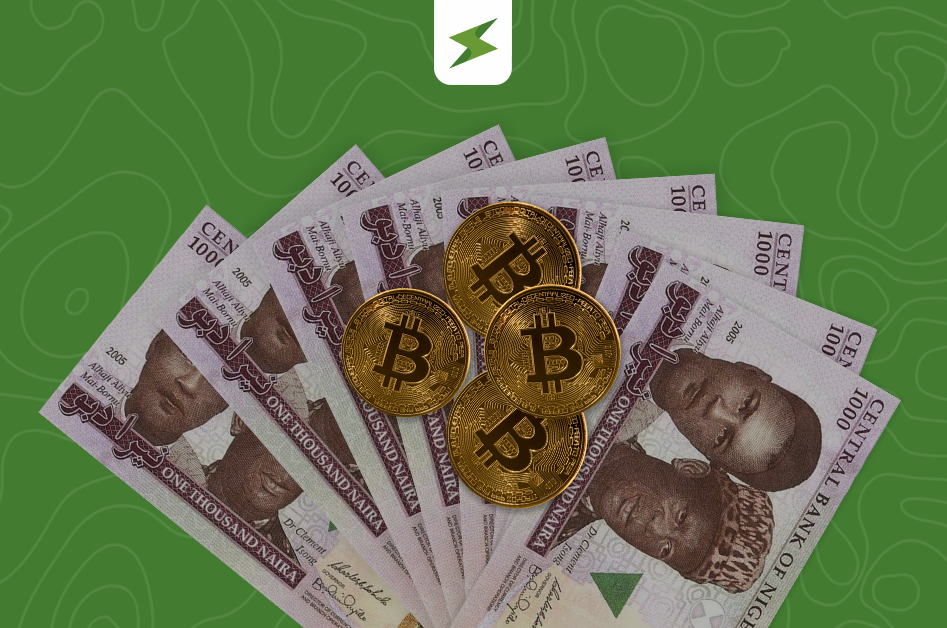How To Recover Stolen Crypto Legally: A Precise Guide
Is Your Crypto Wallet Hacked and Your Coins Were Stolen? Here’s Your Next Move.
When you lose your crypto to a scam or hack, it is disturbing and very painful, but you still have a chance to get it back.. Because crypto is decentralized (not controlled by one group or a person), getting it back is difficult, but you can still use the law and technology to try. At SekiApp, we are here to guide you. So here is a short and clear guide on how you can try to get your money back legally.
1. Act Immediately: Time is Important
Document Everything: Immediately record the transaction hashes, wallet addresses involved (yours and the thief’s), timestamps, and any communication (emails, chat logs) with the scammers. This is your primary evidence.
Isolate and Secure: If the hack involves a device or platform, immediately secure or disconnect it to prevent further losses. Change all relevant passwords using a strong manager.
2. Report the Crime to the Right Authorities
This step turns a personal loss into a formally documented crime, which is important for legal action.
Local Police: Go to the police station in your area and report the crime. Tell them clearly that your money (cryptocurrency) was stolen. Make sure you get the report number..
Cybercrime Unit: Call or reach out to the government agencies that handle internet fraud (cybercrime).
The Exchange/Platform: If the crypto moved through or originated from an exchange (like Binance, Coinbase, etc.), report the incident to their security/compliance team. They can sometimes freeze assets if they end up in an account on their platform, provided you have a valid police report.
3. Trace the Funds with Tech
Getting your crypto back mostly depends on tracing (finding) where the stolen money was moved.
Blockchain Explorers: Use tools like Etherscan, Solscan, or blockchain analysis services to follow the stolen funds. Note down where the funds move (e.g., to a “mixing service” or a known exchange address).
Professional Tracing: For complex cases, consider hiring a reputable blockchain forensics firm. They specialize in tracing funds across chains and preparing the technical data required for court action or law enforcement.
4. Explore Legal Options (The Recovery Phase)
This is where the legal system steps in to ensure recovery.
Civil Litigation (The Lawsuit): If the thief or entity can be identified, or if the funds land in an account associated with a specific individual/company, you may pursue a civil lawsuit to obtain a court order.
Asset Freezing Orders: A lawyer can seek an injunction (e.g., a Mareva Injunction) from a court to legally freeze the assets if they are identified on an exchange or identifiable wallet. This is a critical legal tool. A Mareva Injunction (now often called a Freezing Order or Freezing Injunction) is a powerful court order that essentially freezes a defendant’s assets while a legal case is ongoing.
For recovering stolen crypto, a Mareva Injunction is often vital because:
(A)Crypto is Fluid: Cryptocurrencies are highly liquid and can be moved across borders instantly (dissipated). A Freezing Order can be served on a crypto exchange (if the funds are traced there) compelling the exchange to freeze the specific funds in the thief’s account.
(B )Securing the Judgment: Even if the stolen crypto is traced to a specific wallet, the Injunction provides the legal power to ensure that those funds (or other assets belonging to the thief) cannot be touched until the court decides the matter.
Subpoena and Disclosure Orders: Courts can compel exchanges to disclose the identity of a wallet holder if the stolen funds land on their platform, effectively de-anonymizing the account.
SekiApp’s Takeaway:
The most successful recoveries are often the result of immediate action and professional assistance. While the path is challenging, documenting, reporting, and utilizing legal tracing and freezing tools significantly increases your chances of legally recovering stolen crypto.
Don’t wait for a hack to secure your funds! Download the SekiApp today to set up advanced security features, including Two-Factor Authentication (2FA) and biometric login, to protect your crypto before disaster strikes!










